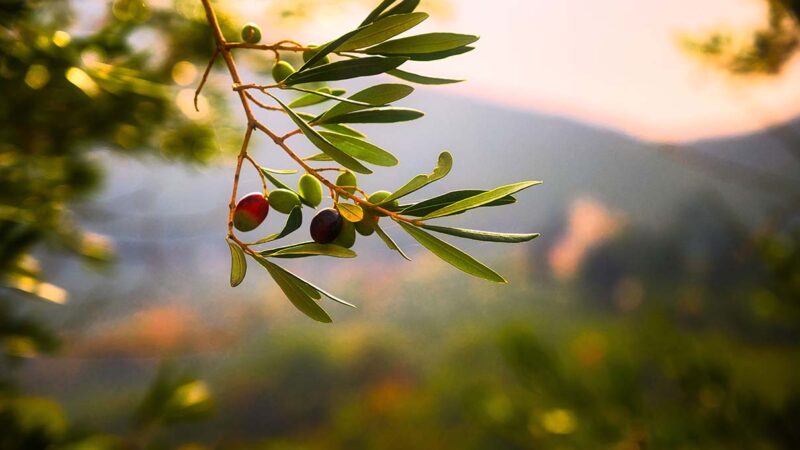Olive trees are not only a beautiful addition to any garden, but they also offer a bountiful harvest of tasty olive fruit. To ensure that your olive trees thrive and produce the best possible yield, choosing the right fertilizer is essential. In this article, we will explore the benefits of choosing specialized olive tree fertilizer and how it can optimize their growth.
read more about liquid seaweed fertilizer here: Liquid Seaweed Fertilizer: How to Use It in 2023
read more about fertilizer here: The Best Fertiliser - Your 2023 Guide
Table of contents
ToggleWhich fertilizer for olive trees?
When it comes to growing healthy and productive olive trees, understanding their nutritional needs is critical. A specialized olive tree fertilizer is formulated to precisely meet these needs and ensure that the trees get the right balance of nutrients. Typically, this type of fertilizer contains elements such as nitrogen, phosphorus and potassium in the optimal amounts.
4 Benefits of using Olive Tree Fertilizer
Using a specialized fertilizer designed for olive trees can bring a number of benefits to your plants and the resulting harvest:
1. Improved Growth and Leaf Quality
Specialized olive tree fertilizers often contain a balanced mix of nutrients that strengthen the tree's root system and promote healthy growth. This results in lush, green leaves and a strong, resilient stem.
2. Increased Fruiting
A suitable fertilizer helps to increase the number of flowers and ensures better fruiting. This translates into a bountiful harvest of juicy olives.
3. Protection against Diseases
Good nutritional conditions strengthen the olive tree's natural defenses against pests and diseases. This reduces the need for chemical pesticides and keeps your plants healthy in the long term.
4. Optimized Oil Quality
If you grow olive trees with the aim of producing olive oil, a specialized fertilizer will help to improve the quality of the oil. Well-nourished trees produce olives with a rich flavor and higher oil content.
You can read more about chilli fertilizer and other variants of Liquid seaweed fertilizer here: [link]
Are you looking for a good olive tree fertilizer? Then you can buy it here:
-
Olive Focus – Olive tree fertilizer 1L
- DKK 129,95
- Add to basket
Item no.: 28149
How to Use Olive Tree Fertilizer
To achieve the best results with your olive tree fertilizer, follow these steps:
Time schedule: Apply the fertilizer in the spring before the active growing season begins and again in the fall after harvest.
Dosage: Follow the manufacturer's recommended dosage to avoid overfeeding that can damage the trees.
Application: Spread the fertilizer evenly around the tree's drop zone and work it gently into the soil.
Irrigation: After applying the fertilizer, water abundantly to help the nutrients reach the roots.
Choosing the right fertilizer is crucial to achieving healthy and productive olive trees. A specialized olive tree fertilizer can provide a wide range of benefits, including improved growth, increased fruiting and protection against disease. By following the correct application method and dosage, you can enjoy a bountiful harvest of delicious olives and possibly even produce your own tasty olive oil. Give your olive trees the nourishment they deserve and watch them thrive in all their glory.
Also read about Olive trees and Wintering
FAQ
Olive trees should normally be fertilized in the spring before the active growing season begins, as well as in the autumn after the harvest period. This provides the tree with the necessary nutrients to support both growth and fruit formation.
Yes, citrus fertilizers can be used for olive trees, as citrus and olive trees share certain nutritional needs. However, it is best to choose a specialized olive tree fertilizer as it will have the exact composition of nutrients that the olive tree requires.
A large olive tree needs moderate watering. It is important to let the soil dry out a little between waterings to avoid root damage. In general, it is recommended to water deeply so that the roots receive sufficient water, and then allow the top layer of soil to dry out slightly before watering again.
There can be several reasons why the leaves fall from an olive tree. Over- or under-watering, pest or fungal infections, nutrient deficiencies or even sudden temperature changes can lead to leaf drop. It is important to examine the tree more closely and identify the cause in order to take the appropriate measures.






